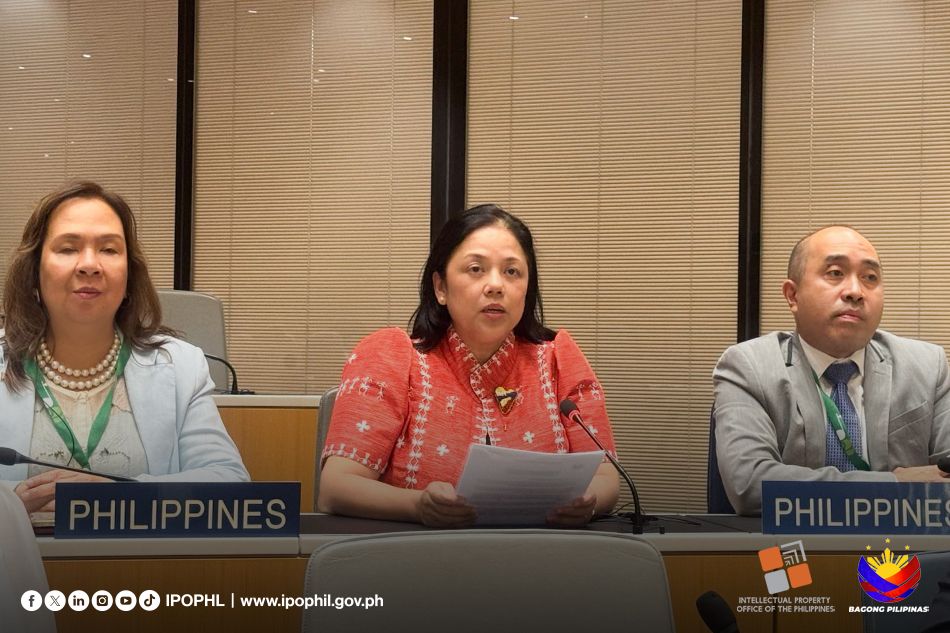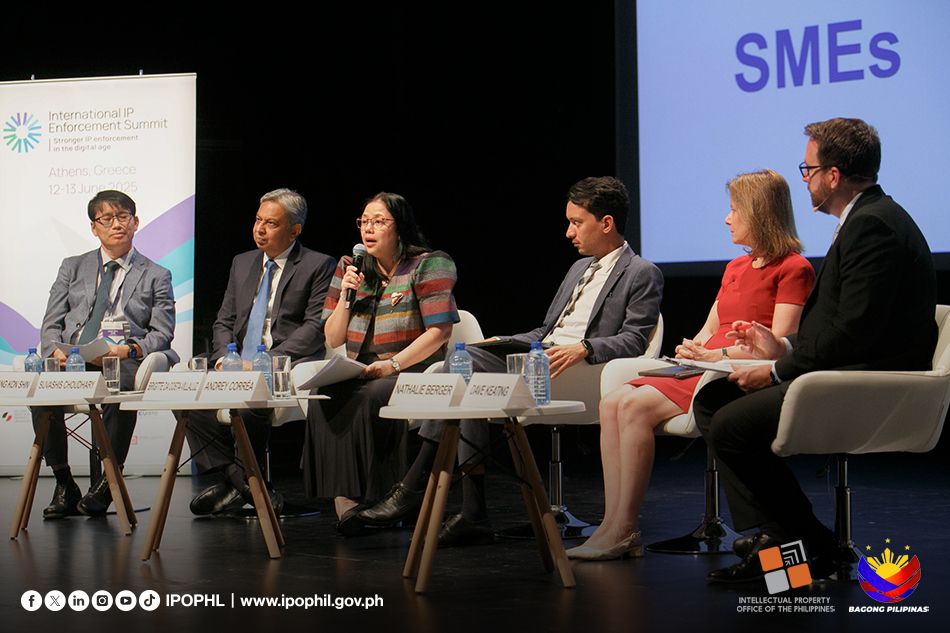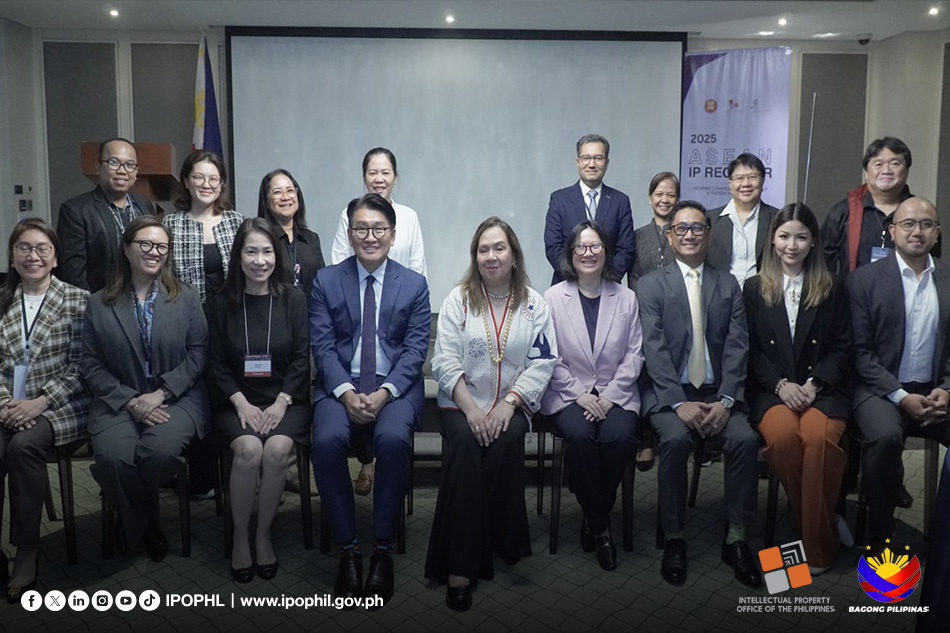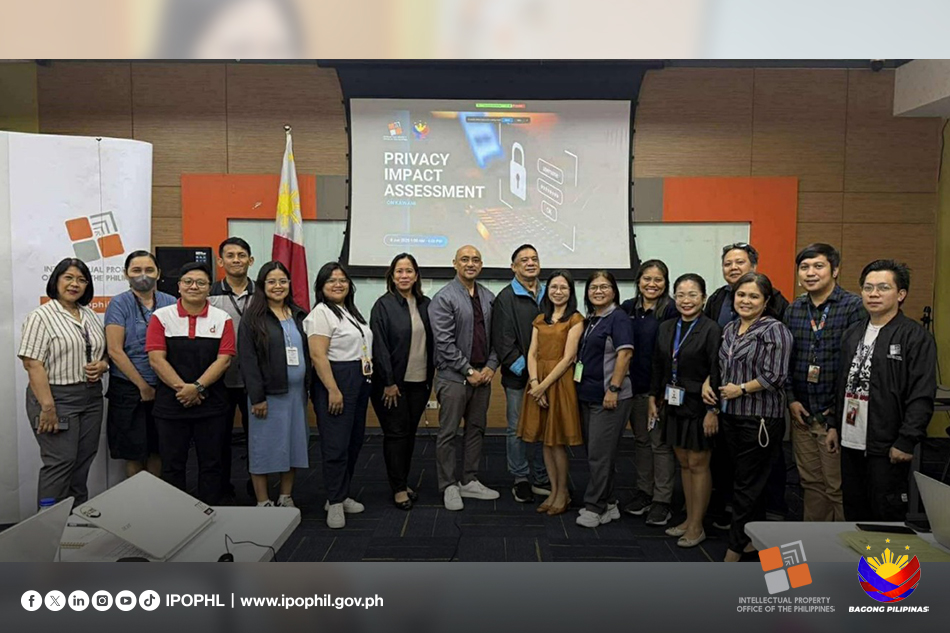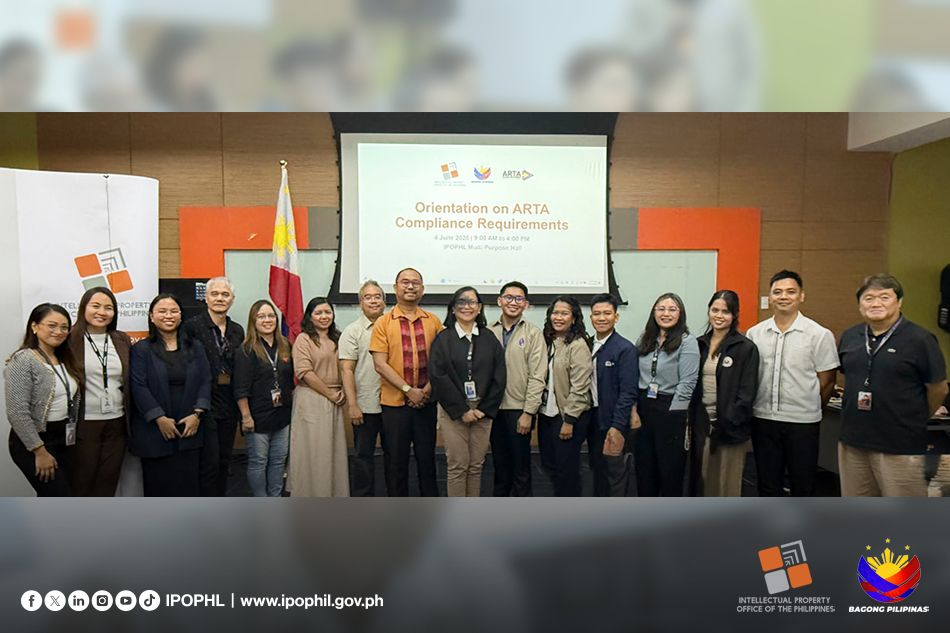
Teenage Filipinos patent science projects, motivate youth to give back thru science
November 27. 2020
While science projects for some highschool students are merely a matter of passing a subject and graduating, for some students at the Philippine Science High School - Central Visayas Campus, it was an opportunity to change the world.
As the government bats for smart farming technologies to pave the way for Philippine Agriculture 4.0, the invention of McSteven Melicor, Christian James Fantonial and Elram Espra – all 18 then when they started the project – may help the sector toward modernization and greater productivity.
Called the Multi-Purpose Interconnected Transceiver Apparatus (MITs), could help users assess real-time weather and atmospheric conditions such as temperature, humidity, heat index, altitude and air. It is also equipped with a global positioning system (GPS) which could track the location of a person or object within its monitoring perimeter.

A photo of the Multi-Purpose Interconnected Transceiver Apparatus (MITs)
Melicor said the MITs was born out of the group’s earlier research project titled “Creating the Ideal Environment for Plant Growth.”
“We thought then, “why not apply our research into an innovation.“ And now, we have this, which is very helpful if you want to monitor things from afar,” Melicor said.
Weather monitoring can help farmers decide better on pesticide application, irrigation, and prevention of diseases, leading to lower input costs and higher crop yields. Meanwhile, the GPS tracker is for a wide-range of location-tracking purposes, such as preventing robbery as the device sends an early warning to users once an object being monitored is lost.
The young inventors also factored in the country’s problem of low internet access as the invention does not require net connection to operate, making for its best feature yet as it can drive technology adoption, and eventually economic growth, in rural areas where the internet access is low.
Conquering challenges
The innovation journey of the three young inventors, like any, was without hurdles.
Fantonial cited time management as their primary challenge, stressing the need then to balance their studies on other subjects and their deep, months-long work of researching and piecing together technical electronics information to make their invention a reality.
“After five months of serious self-study, and with the guidance of our professor, Sir [Benito A.] Baje, we were able to complete our invention. We had four trial-and-errors before our success,” Fantonial said.
With their professor's infusion of IP education during their R&D, the three were able to obtain a patent in 2019, one year after they defended their MITs research project at school. What turned out to be a regular science project gifted them with an IP asset they can commercialize in the future.
“Hopefully we commercialize this because once we do, we can source the components wholesale so the price for creating this item can be exponentially reduced,” Espra, one of the inventors, said.
Patent education in high school
While the MITs was the first patent obtained by the PSHS Central Visayas – and the first ever across the 16 campuses under the PSHS network – the school has a total of [15] pending intellectual property (IP) applications at the Intellectual Property Office of the Philippines (IPOPHL). Of this, five are patents, four are utility models and six are industrial designs.
Baje, a physics professor for the specialization year program at the PSHS Central Visayas, believes in the relevance of institutionalizing IP in education in order to ensure that research and development projects at the secondary level bear fruits of innovation that are truly useful to society.
Having undertaken a three-day IPOPHL workshop on the basics of patents, UMs, and IDs and a Patent Cooperation Treaty Distance Learning Course of WIPO in the past, Baje educates students on the standards of patentability and encourages them to incorporate them when planning their innovation projects in order to have better chances of being granted a patent.
He guides students in patent searching basics, where they comb through multiple databases to ensure they are not making a repeat of an already patented invention. Baje also assists them in drafting the patent document to provide examiners a clear elaboration of their inventions and their purposes.
“Teaching effective IP protection in my class stimulates research and innovation,” Baje said.
While it was Baje’s own initiative to introduce IP in the science-immersive special program, IP education in high school is seen to make significant headway with IPOPHL’s recent memorandum of agreement with the PSHS System, which oversees 16 public science high schools in the country.
The partnership will not only introduce IP in the R&D-specific curriculum of the PSHS but will also institutionalize IPOPHL's mission to create IP advocates among the youth.
Encouraging the youth into science
Asked who their inspirations are, the trio inventors pointed out to Baje and their professors at the PSHS.
“Our teachers are our heroes, especially Sir Baje for the guidance. He has inspired many of us and guided us all through our research tracks, opened us to the world of innovations and showed us how much we can contribute,” said Espra, one of the MITs inventors.
“At PSHS, we were inspired by how technology can make life possibly easier, for those who are no able to get the help or resources they need. We just want to make life easier for many. And as these innovations can serve this purpose, we are into it then,” McSteven said.
Aside from the MITs, the trio also have another joint project titled the “Deaf-Duino” which championed the STEM 2018 expo contest organized by the Philippine Society of Youth Science Club of the University of the Philippines - Diliman.
At present, the young trio are separately pursuing different courses in the fields of science – Melicor on Doctor of Veterinary Medicine; Fantonial [Mechanical Engineering, and Espra on Computer Science – with the ambition to create more innovations and inspire their fellow youth and younger generations to give back to society through science.
“I hope that other young students would like to think more and observe their surroundings more. To begin the path to science, one has to become more curious as the more curious they are, the more they will have the desire to pursue answers and create. Just like what we did. We learned from careful observations, self-study and asking the right questions,” Fantonial said. ### (Janina Lim, Media Relations Officer)




